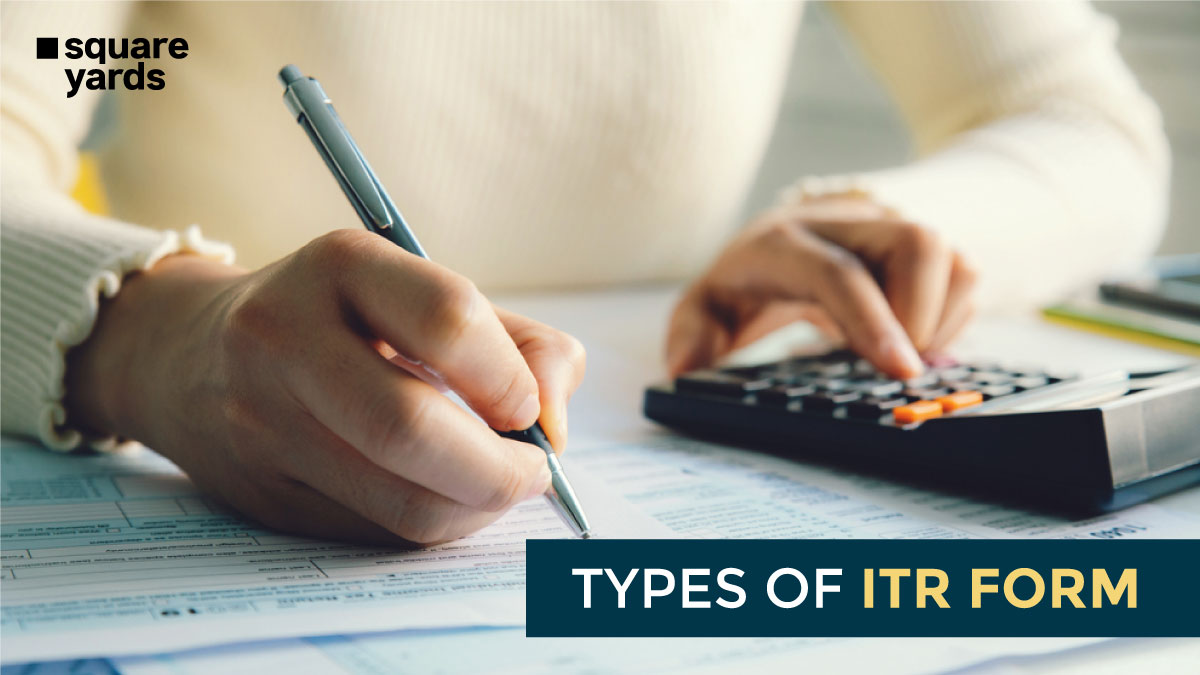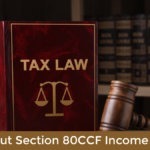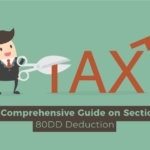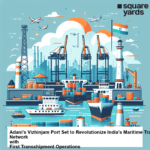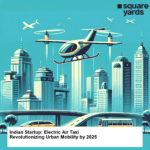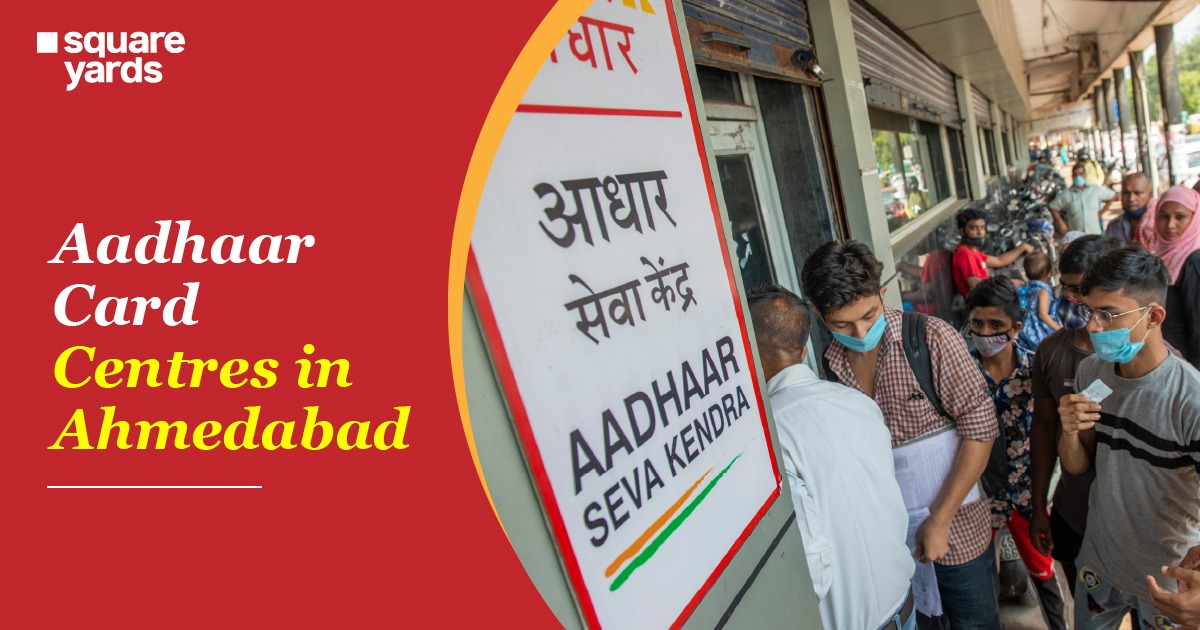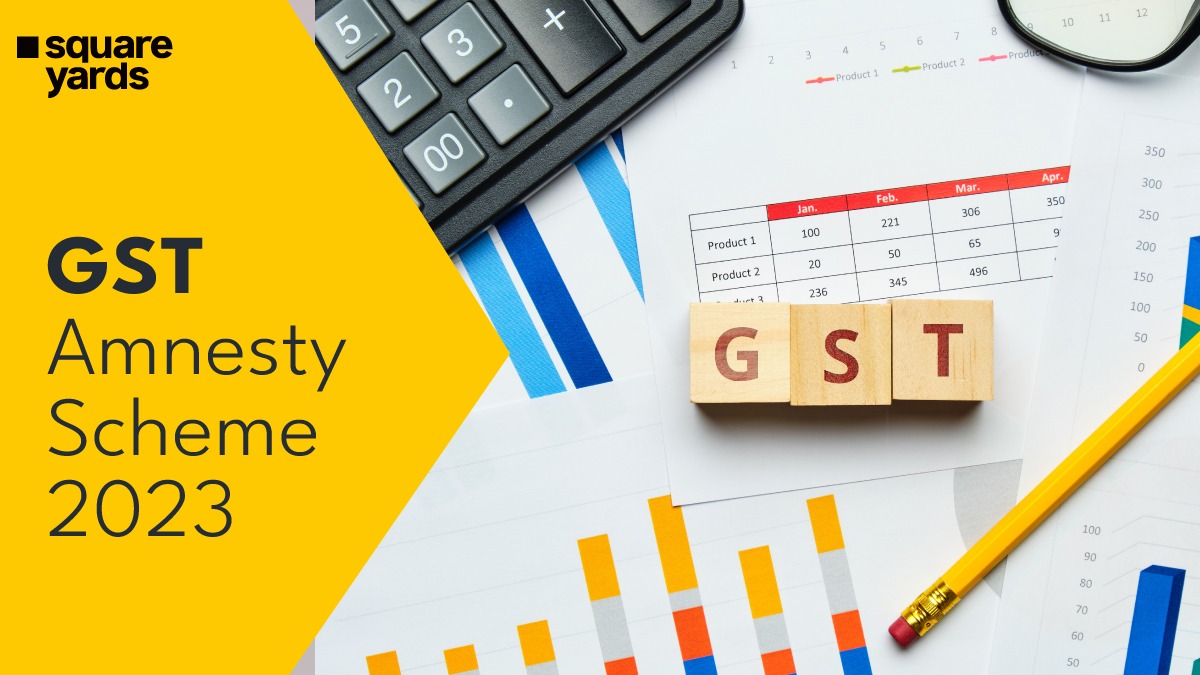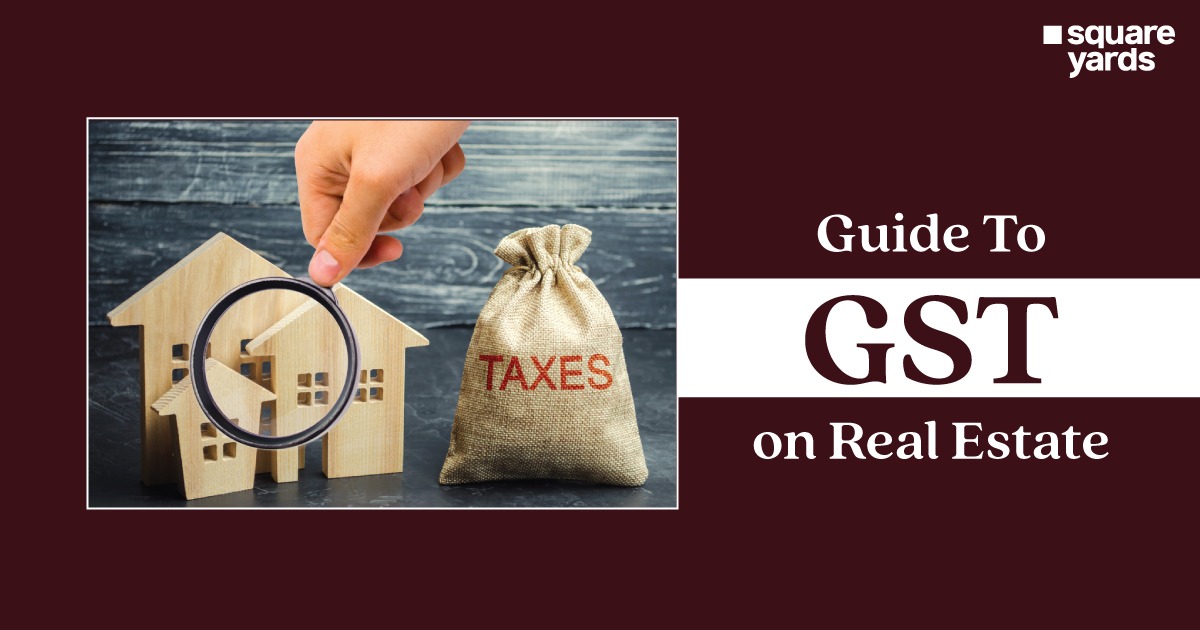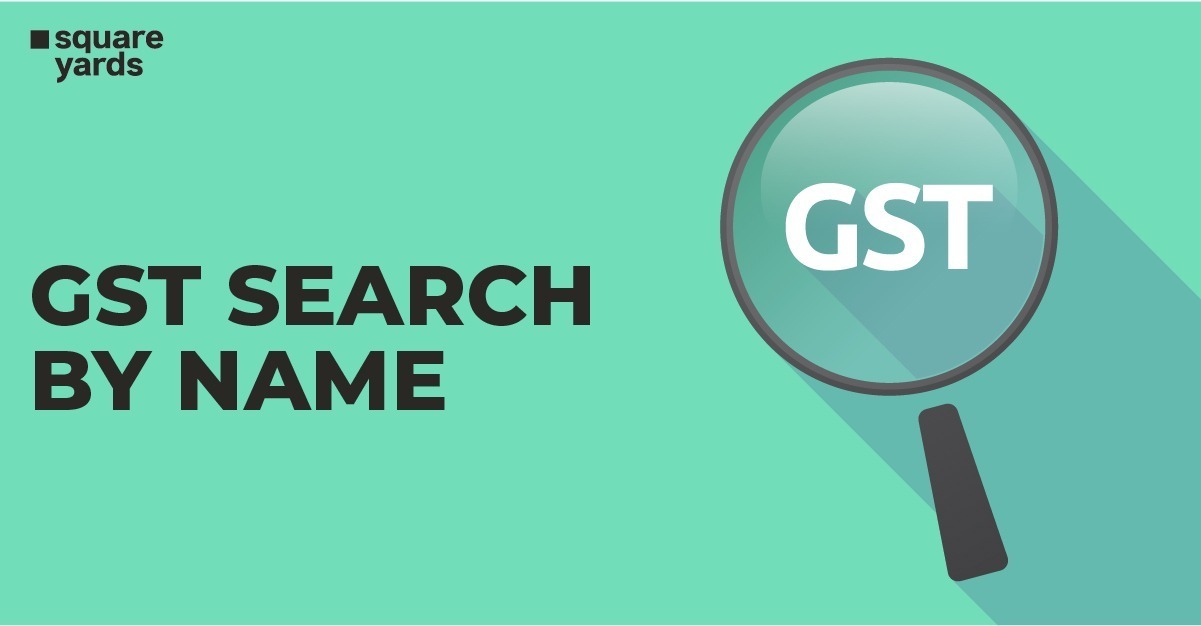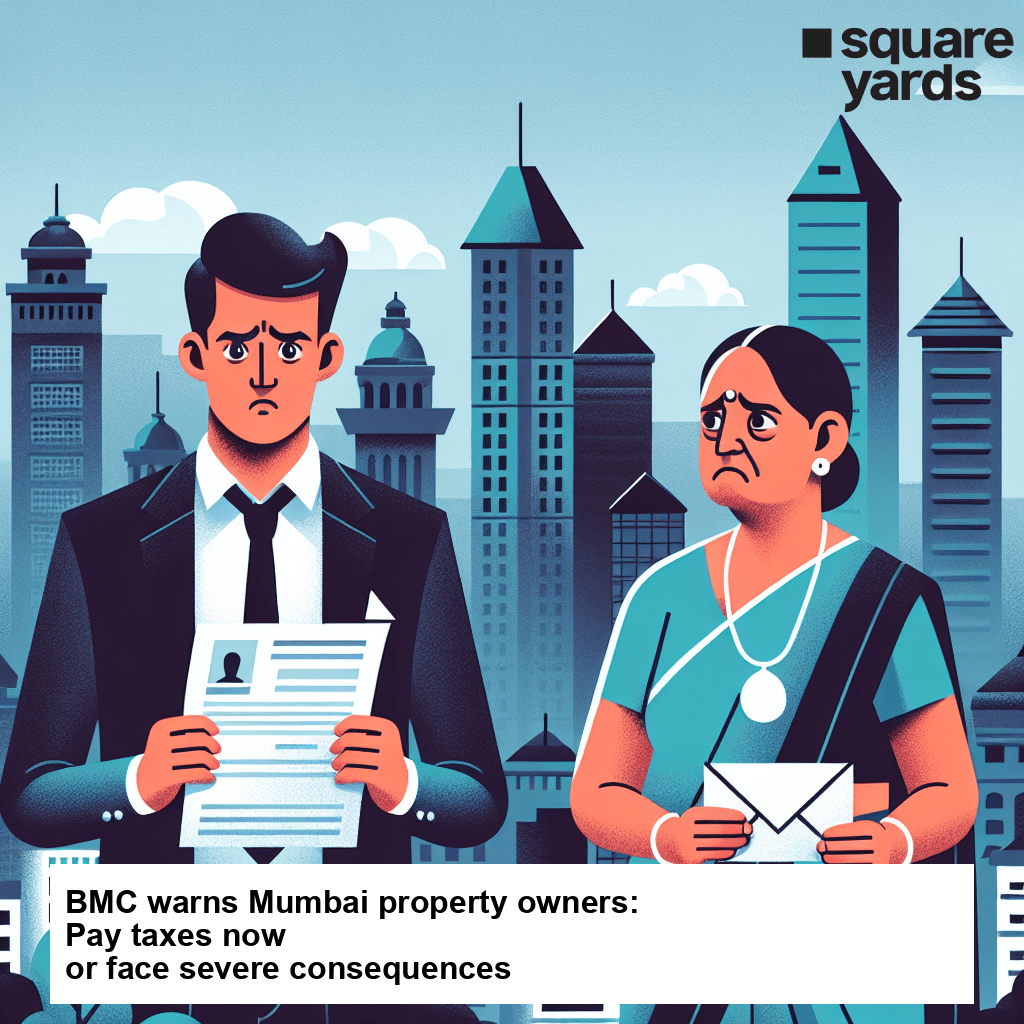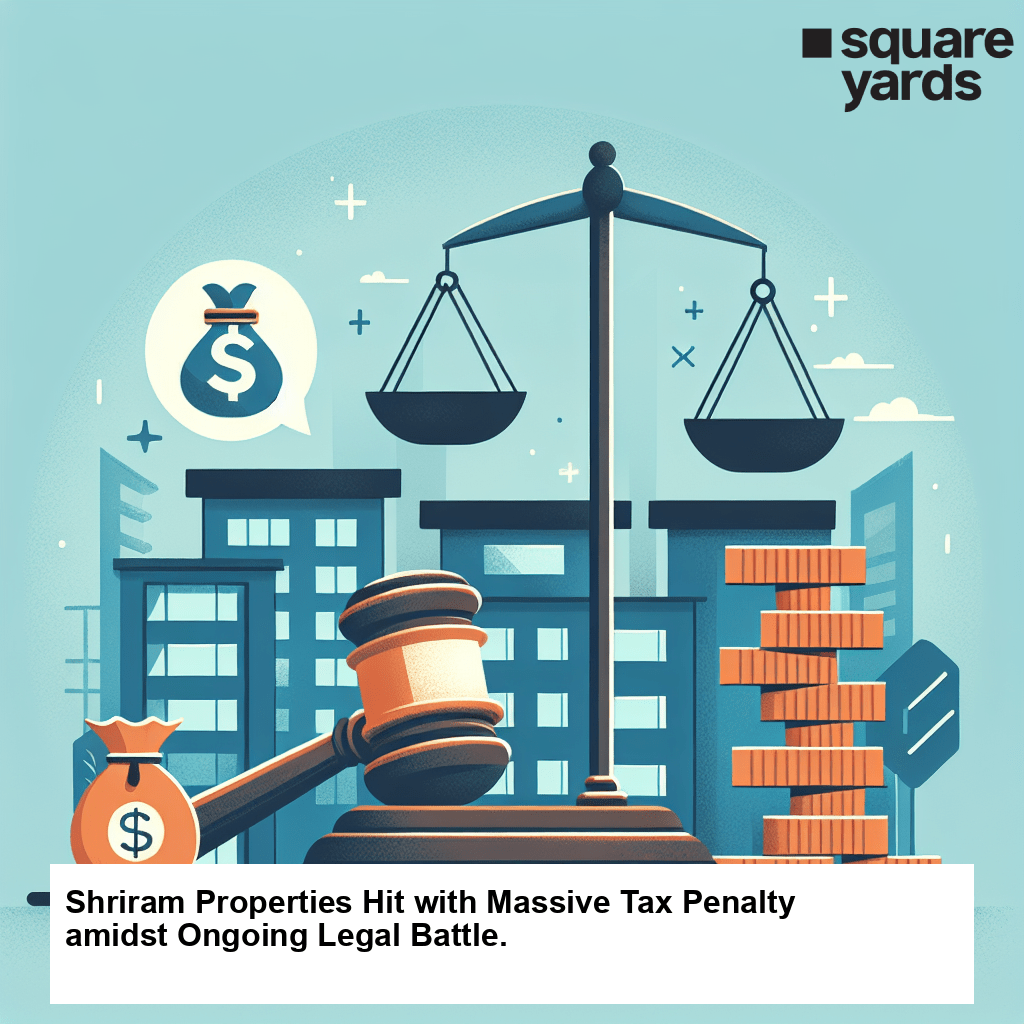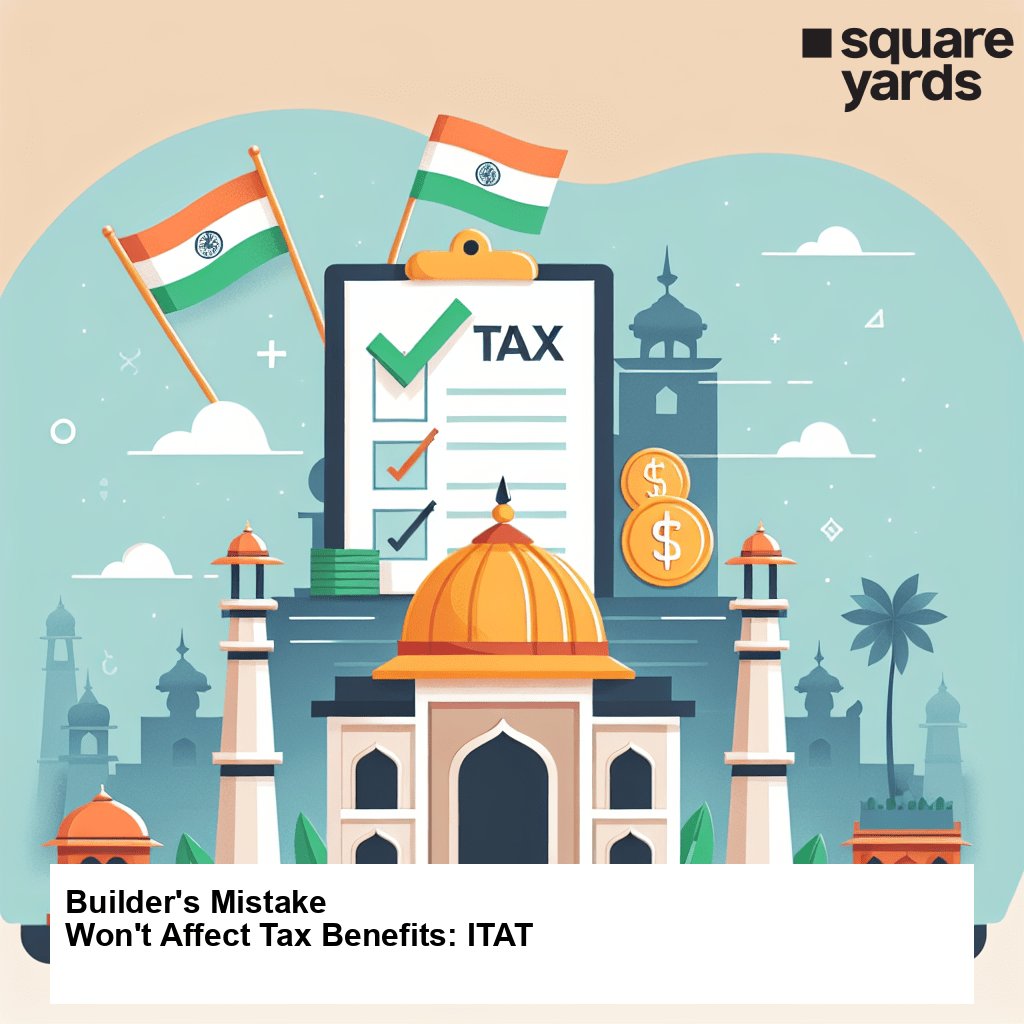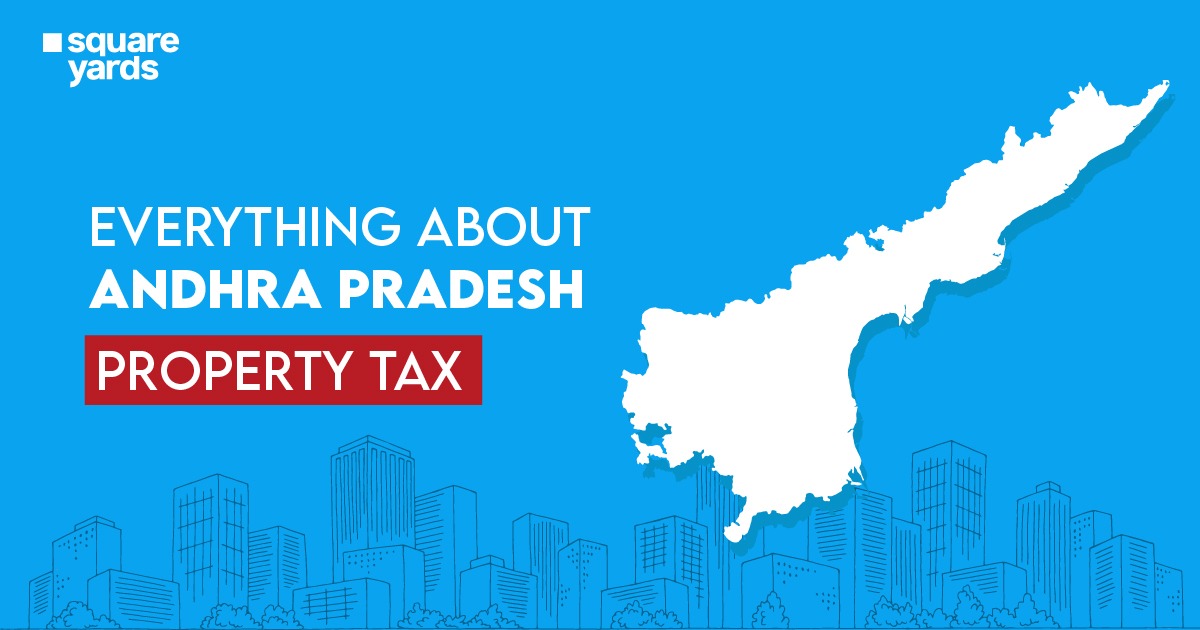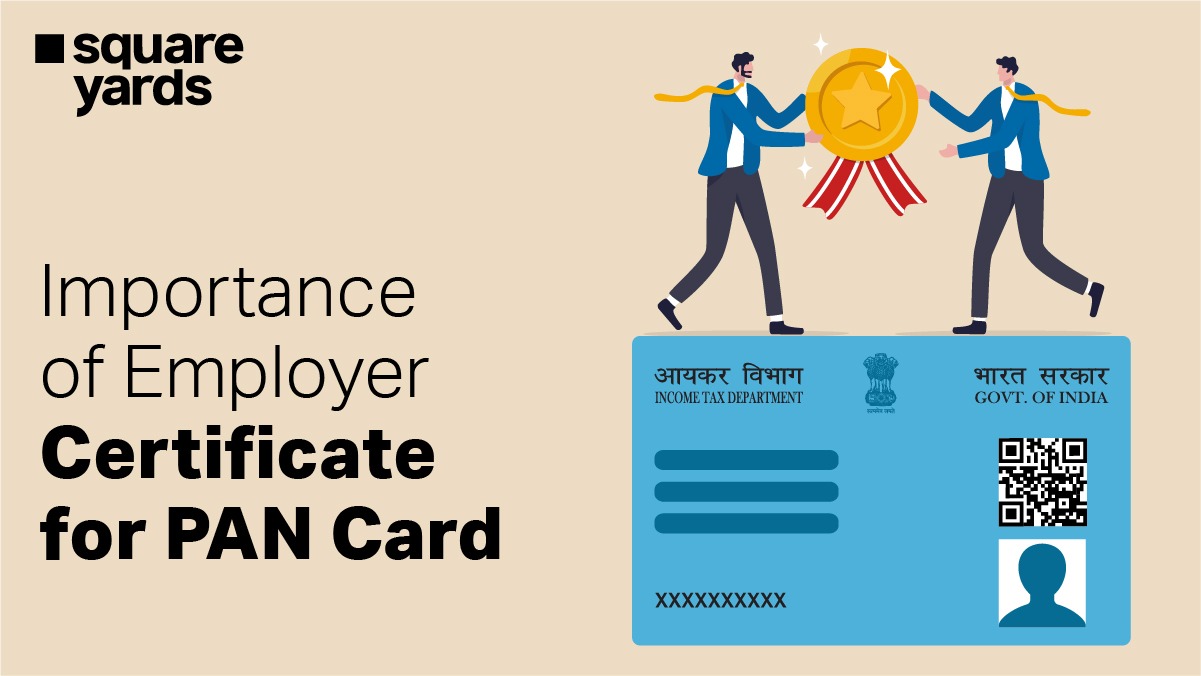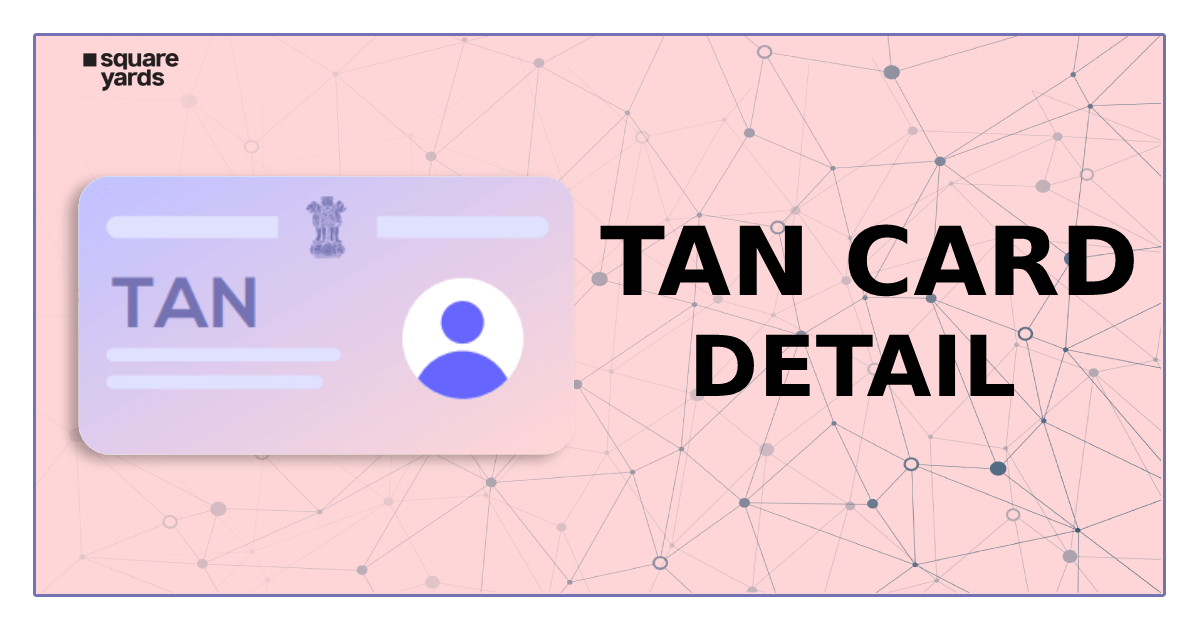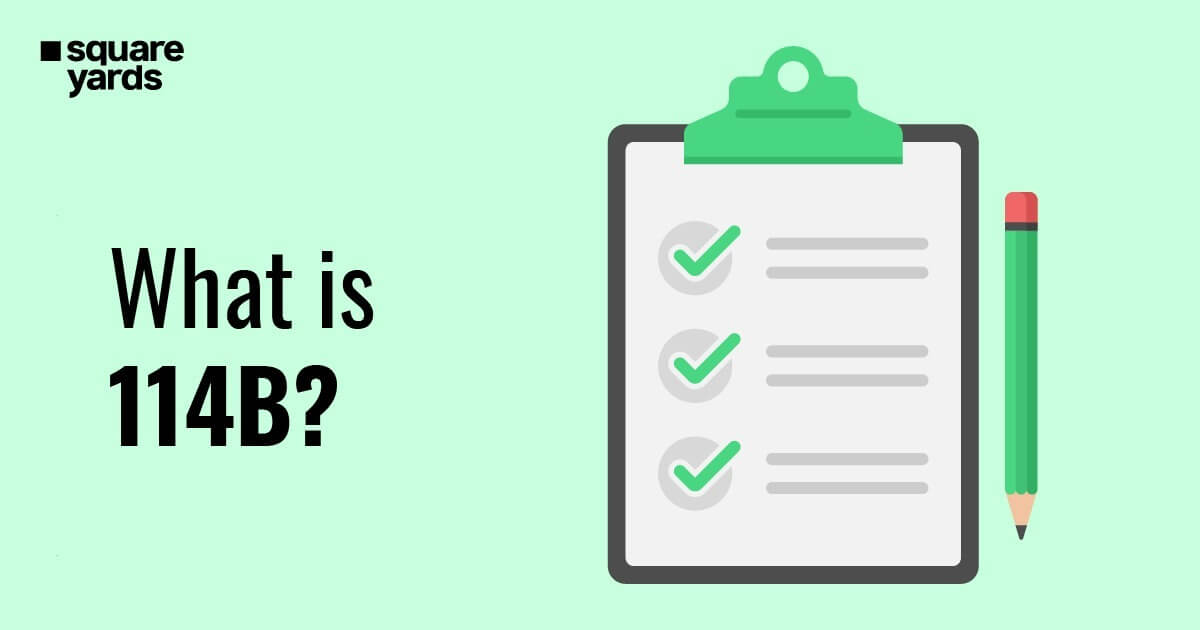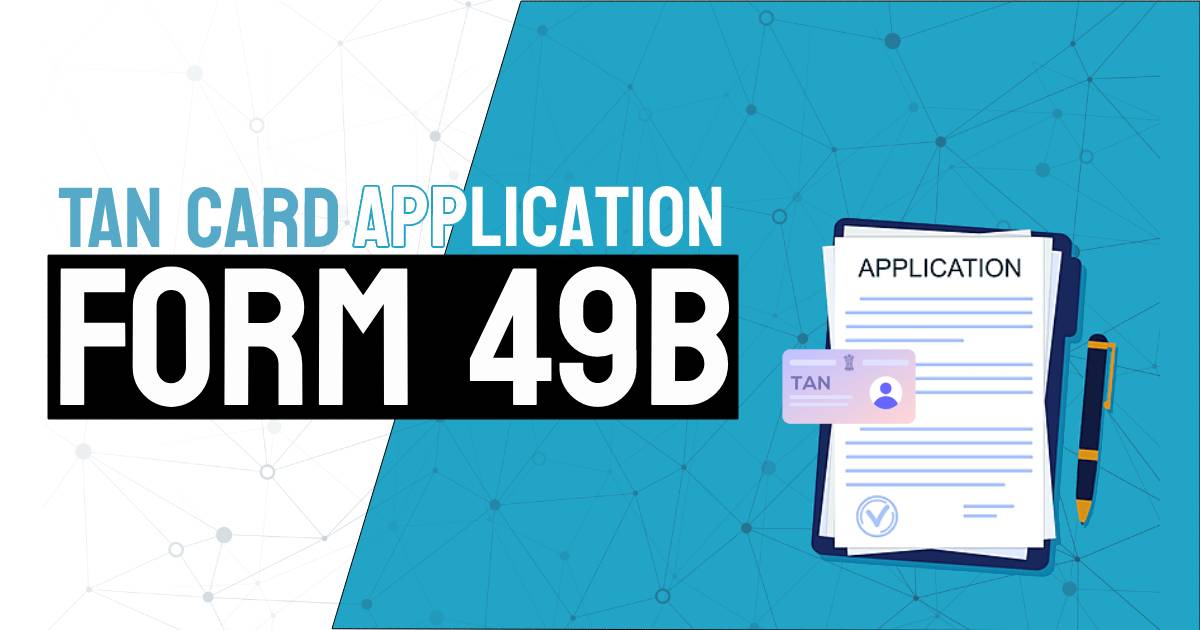Based on the type of income, the category of the taxpayer falls under (company, Hindu Undivided Families, individual, etc.). Depending on the income of the individual, the ITR form that must be submitted will vary. In case taxpayers choose the wrong form, they will have to go through the process of filing their ITR again.
Table of contents
Why Should an Individual File ITR?
In India, it is important for individuals to enrol themselves for ITR if they are under the following categories:
| Details | PAY |
| For Individuals that are below the age bracket of 60 years | INR 2.5 lakh |
| For Individuals that are between the age bracket 60 years to 80 years (For Senior Citizens) | INR 3 lakh |
| For Individuals that are above the age bracket of 80 years (For Super Senior Citizens) | INR 5 lakh |
Additionally, an individual needs to apply for an ITR under the following conditions:
- When an individual wants a refund from the department.
- When an individual wants to apply for a visa or loan.
- When an individual has greater income sources such as house property, capital gains, etc.
- When an individual has foreign income or any assets.
ITR Forms to be Filled when an Individual is Filing for Income Tax Returns
Based on the category of the tax-payer and type of income, an individual is required to file a relevant ITR.
| Type of Form | Applicability | Salary | Exempt Income | Capital Gains | House Property | Business Income | Other Sources |
| ITR 1 | For Indian Residents and HUFs | Yes | Yes. Although, income from agriculture provided that it cannot be greater than INR 5,000. | No | Yes. Although, it is applicable for only a single house property. | No | Yes |
| ITR 2 | HUFs & individuals | Yes | Yes | No | Yes | No | Yes |
| ITR 3 | For individuals who are a Partner in an organisation, HUF and individuals | Yes | Yes | No | Yes | Yes | Yes |
| ITR 4 | Firm or HUF, or individual | Yes | Yes. Although, income from agriculture provided that it cannot be greater than INR 5,000. | Yes | Yes. Although, it is applicable for only a single house property. | Applicable for only business income which is presumptive | Yes |
| ITR 5 | LLPs or Partnership Firms | No | Yes | No | Yes | Yes | Yes |
| ITR 6 | Companies | No | Yes | No | Yes | Yes | Yes |
| ITR 7 | Trusts | No | Yes | No | Yes | Yes | Yes |
7 Different Types of ITR Forms
Below is the list of different types of ITR forms:
- ITR 1 or SAHAJ
This form is basically for the Indian residents that meet the following categories:
- Income generated by salary or by pension
- Income generated by the single home property
- Income generated from agriculture (more than INR 5,000)
- Total income generated at a maximum cost of INR 50 lakhs.
- Income generated from other sources like the lottery, horse races, etc.
Conditions where you can’t opt for the Same
- When the total income generated is greater than INR 50,000.
- When individuals have capital that is payable or taxable.
- When an individual’s income is greater than 1 house property.
- In case the investment is present in the form of unlisted shares (at the time of the financial year).
- If an individual is a non-resident (NRI) or Resident Not an ordinary resident (RNOR).
- If the income generated is through agriculture and is greater than INR 5,000.
- If the income generated is through business and profession.
- If an individual is the director of an organisation.
- Income generated through the property which is situated outside the country.
- When an individual has foreign income or any assets.
ITR-2
ITR-2 is a form that is used by Hindu Undivided Families as well as individuals.
- When an individual’s income is greater than INR 50 lakhs.
- Income generated by salary or by a pension.
- Income generated from other sources like the lottery, horse races, etc.
- Income generated by a house property.
- When an individual is the director of an organisation.
- When an individual’s agricultural income is greater than INR 5,000.
- When income is generated by capital gains.
- When an individual has foreign income or any assets.
- In case the investment is present in the form of unlisted shares (at the time of the financial year).
Conditions where you can’t opt for the same
For individuals whose income is generated from business and profession.
ITR-3
This form is opted by HUFs & individuals that make their income through profession or proprietorship or business.
- When an individual’s income is generated through profession and business.
- When an individual is a partner in an organisation.
- When an individual is the director of an organisation.
- When an individual’s income is generated through pension or salary; through all the other sources or house property.
- When the turnover of an organisation crosses INR 2 crore.
- In case the investment is present in the form of unlisted shares (at the time of the financial year).
ITR-4 or SUGAM
When an individual is an Indian resident and when Hindu undivided families and partnership firms generate their income through business or any profession, they are advised to opt for the ITR-4 form. However, LLPs cannot opt for the ITR-4 form. Apart from this, individuals that have opted for an income scheme as per Section 44AD, 44ADA and 44AE under Income Tax, 1961 act should opt for the same.
Conditions Where You Can’t opt For the Same
- If the income generated is greater than INR 50 lakhs.
- If any kind of losses of the previous year has been bought forward.
- When an individual has the signing authority for a place that is not situated in the country.
- In case the investment is present in the form of unlisted shares (at the time of the financial year).
- When an individual has foreign income or any assets.
- When an individual is generated through 1 house property.
- When an individual is the director of an organisation.
- When an individual is either an RNOR or non-resident.
ITR-5
Individuals that own any investment fund, artificial juridical person, the estate of the deceased, estate of the insolvent, BOIs, and AOPs should opt for the ITR-5 form.
ITR-6
This form is perfect for individuals that do not claim exemptions under Section 11. Also, note that the organisation filing return under Sections does this only electronically.
ITR-7
ITR-7 Any individual or entity that fails under Section 139 (4A) or under Section 139 (4B), section 139 (4C), section 139 (4D), then it is necessary for them to register themselves under ITR7. ITR7 is basically the income tax return form 7 that is filed by individuals under section 139. This form is used to claim for exemptions. This is for companies that build their income from religious properties, charitable properties, etc. An ITR7 form can be filed through digital signature, submission of the return, and physical paperbacks through the ITR form.
Related ITR Form
Where can Individuals Download the Various Forms?
An individual can easily download the different types of ITR forms from the website of the Income Tax Department.
Once, you click on the link you will find the forms in the PDF format, also you can find the instructions mentioned so that filling out the form procedure becomes easy.
Depending upon your requirements you can opt for any form such as ITR-1, ITR-2, ITR-3, ITR-4, ITR-5, ITR-6, or ITR-7. You can also file the returns on the income tax department’s official website.
You May Also Read:
Frequently Asked Questions (FAQs)
How is ITR-1 and ITR-2 different?
The difference between ITR-1 and ITR-2 is that ITR-1 is for individuals that are not earning income by other activities such as lottery and gambling. Whereas ITR-2 is for earnings that an individual earns from activities such as gambling and lottery.
Who can use the ITR-3 form?
An ITR-3 form can be used by an individual or HUF on income from a business or any kind of profession.
Who can file for ITR-6?
This form is perfect for individuals who do not claim exemptions under Section 11. Also, note that the organisation filing returns under Sections does this only electronically.
What are the conditions where an individual cannot opt for the ITR-4 form?
The conditions where an individual cannot opt for the ITR-4 form are when an individual has foreign income or any assets; when an individual has generated income through 1 house property; when an individual is the director of an organisation and when an individual is either an RNOR or non-resident.
What are the different types of ITR forms?
The different types of ITR forms include ITR-1, ITR-2, ITR-3, ITR-4, ITR-5, and ITR-6 ITR-7.


